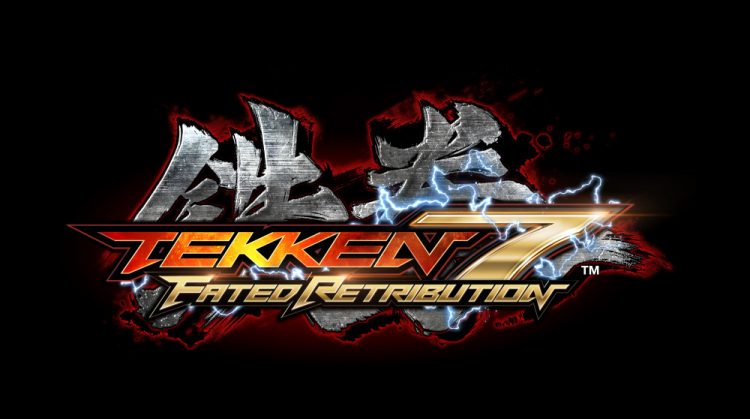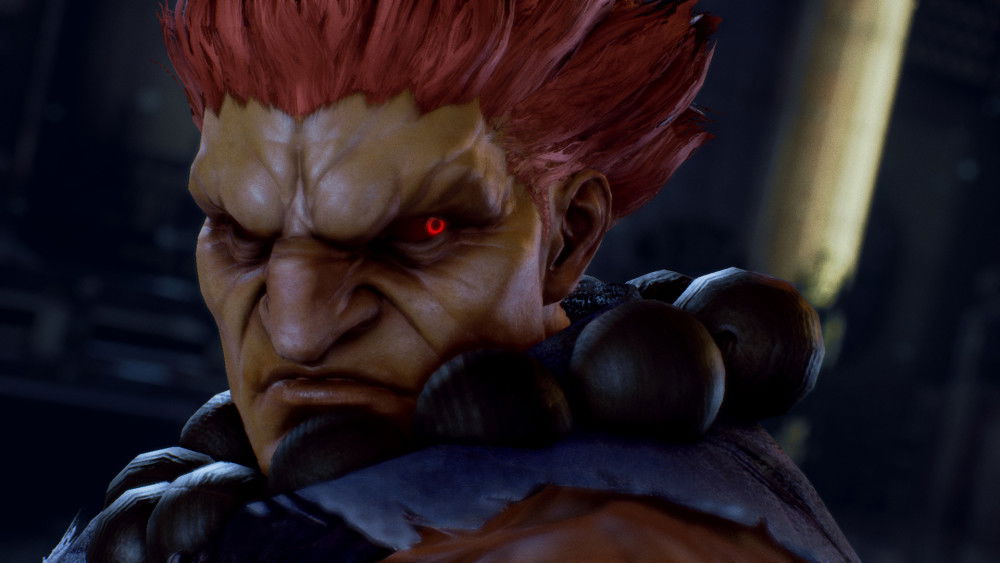The King of Iron Fist Tournament, or TEKKEN, has been a staple in the world of fighting games since 1994 when the first game released in Arcades in Japan. The story of the struggles of the Mishima clan enthralled us all for over 2 decades, and TEKKEN 7 aims to close out the Mishima storyline with a bang. Does the seventh entry in the TEKKEN mainline story fulfill that itch, or does it end with a whimper?
Game Name: TEKKEN 7
Platform(s): PC (also available on PS4, Xbox One)
Publisher(s): Bandai Namco Entertainment
Developer(s): Bandai Namco Entertainment
Release Date: June 2, 2017
Price: $59.99
The Mishima story is definitely one of t unique stories in fighting games. More so because it is unique to fighting games. The story of the Mishima boys, Heihachi, Kazuya and Jin (Kazama), has been crafted for over 2 decades and it never stops getting good. With this being the climax, TEKKEN 7 takes a different approach to their story mode. Instead of doing a traditional story mode with 8 or so fights, “The Mishima Saga” splits the story into 14 chapters with flashbacks to the older games intertwined between them….and one big surprise.
Let’s just put it out there, Street Fighter and Tekken are officially in the same universe. At least, that’s my hypothesis. With the introduction of Akuma as the hired hit man for Kazumi Hachijo (Heihachi’s deceased wife,) things get a little interesting. The story is told from the aspect of a reporter who lost his family to the war between the Mishima Zaibatsu and G Corporation. It’s a fairly long story, so in the interest of reading time:
TL;DR – The war intensifies, Heihachi returns, Kazuya emerges, Jin is found, Akuma fights the Mishima boys, we learn how Kazumi died, Kazuya kills Heihachi.
Yes. Heihachi Mishima is as dead as a doornail after an epic fight with Kazuya inside of a freaking volcano (presumably, anyway, it is TEKKEN, after all.) The story can take you a while to finish, maybe a little more than an hour and a half, not including the character stories and the special episode (which makes SNK boss syndrome look like the common cold,) but it is quite the satisfying end to the story of Heihachi Mishima. Enough about the story, let’s get to why you’re all here…. how the game plays!
If you’re a veteran to the series, you should be pretty familiar with the layout of the TEKKEN games. TEKKEN is commonly referred to as a “four-button fighter,” with the unique feature of every button being tied to a limb on the body, left/right punch (X/Y on Xbox controllers or Square/Triangle for PlayStation controllers) and left/right kick (A/B or Cross/Circle.) Everything extends from these 4 buttons, so the game is deceptively simple. In addition, Tekken is a 3D fighting game, so unlike The King of Fighters or Street Fighter, you’re not simply fighting on a 2D plane. You have 360 degrees of movement available to you through sidestepping (tapping up or down on the d-pad/thumbstick/joystick.)
While this adds an additional dimension to defense in the game, in compensation for that, most characters have a move that tracks sidestepping characters, so you’re best using that in a situational manner. In a departure from TEKKEN games past, bound, or ground bounce moves, have been largely removed from the game in favor of tailspins. Low parries sill cause a bound state; however, so take it as you will.
The game is deceptively simple. Mastering it, however, is quite the task. Because of the sheer amount of styles in the game, the depth of this game is virtually endless, but the opportunities for growth are enormous. Two ridiculously large differences do exist, however. They come under the guise of Akuma from Street Fighter and Eliza from TEKKEN Revolution, but more on that after I talk about some of the new features in the game.
Rage Arts, Rage Drives and Power Crushes are new to the TEKKEN universe, and each of them are effective comeback mechanics that definitely have their place in the game. Rage Arts, much like Super Moves in Street Fighter and Desperation Moves in the King of Fighters series, are cinematic specials that do additional damage when a character is in rage (i.e: Akuma’s Wrath of the Raging Demon.) Rage Drives are more powerful versions of certain moves that every character (except Akuma) has access to. In Akuma’s case, he has his main Super Combo, the Messatsu Gohado. Every character has a move that can Power Crush, which affords additional armor and can crush through mids and highs.
Akuma and Eliza, as I alluded to are drastically different in comparison. Both have Rage Arts, but instead of Rage Drives, they have Super Combos, indicated by super meters on their side of the HUD. While Eliza still has TEKKEN style combos, Akuma’s systems are all taken from Ultra Street Fighter IV, where he has 2 stocks of EX meter for Focus Attack Dash Cancels (FADCs) and EX moves. Eliza utilizes EX moves as well. In the traditional sense, you would venture to guess that Street Fighter/Vampire Savior mechanics wouldn’t work too well in the TEKKEN system, but it works pretty damn well if I say so myself. I found myself going online and doing quite swimmingly with Akuma the few times I did play.
Speaking of online play, the net code is pretty smooth…if you’re playing against people in similar regions to you. As with most fighting games, TEKKEN 7‘s net code is peer-to-peer, so your best bet is to fight against players in your region. The game does take quite a while to sync, but when it does, it syncs up pretty nicely and offers a smooth gameplay experience. It’s not a game-changer, but it does what it needs to do.
For you eSports enthusiasts out there, or budding tournament organizers, Tekken 7 offers a tournament mode for those who want to run local tournaments on any platform the game is available. When it’s enabled, a trophy will appear next to “VS Battle,” and all versus matches will default to 3 rounds to win.
For you PC enthusiasts out there, TEKKEN 7 runs at a solid 1080p@60fps on my machine which is the equivalent of a Haswell or Skylake i7 and a GTX 1060 with little to no frame drops, outside of the cinematics which runs at 30fps. At 4K resolution, my machine can only handle up to 30fps, but on our Editor-In-Chief’s machine, which contained a GTX 1080 at the time, the game ran at a clean 2160p60 (using Nvidia’s DSR x4).
*TEKKEN 7 was provided to us by Bandai Namco Entertainment for review purposes. For more information on how we review video games and other media/technology, please go review our Review Guideline/Scoring Policy for more info.
Summary
What TEKKEN 7 does isn’t all that revolutionary, no pun intended. However, TEKKEN 7 takes a chance by adding some things that may prove to extend its life in not only the Fighting Game Community but also in the casual market as well. A well-crafted story, tournament mode for organizers to utilize and a variety of fighters to choose from, TEKKEN 7 stakes its claim as one of the best fighting games to come out in a year where fighting games are stuck in the public eye.
-
A continuation of excellent entries in the Tekken series






